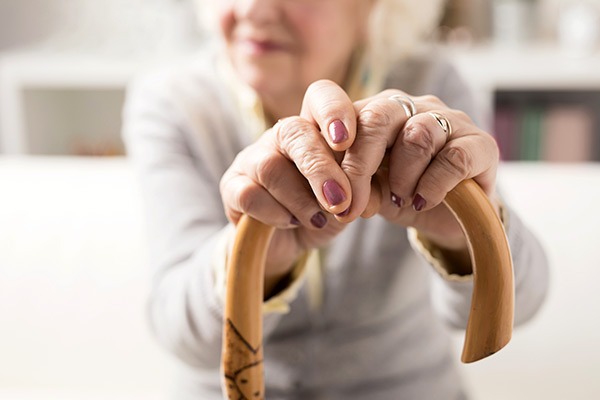In a society where the concept of aging is regularly associated with awareness and enjoyment, it is easy to miss the challenging situations that involve aging. One of the challenges many older adults face is fraily. Fraily is not only a consequence of aging, but also a complex condition that can significantly affect a person’s high quality of life. In this text, we delve into the complexities of fraily, its implications for older adults in the United States, and strategies to address and mitigate its effects.
Understanding Fraily
Fraily is a kingdom of widespread vulnerability to stressors due to age-related declines in physiological reserve and function in more than one organ system. Now it’s not just about being vintage; is approximately more at risk of adverse fitness consequences. Frail individuals are at higher risk of falls, disability, hospitalization, and mortality compared to their non-frail counterparts.
Several elements together with genetics, lifestyle, constant illness and social-monetary fame contribute to the improvement of fraily. Poor nutrition, sedentary behavior, social isolation, and inadequate access to health services can exacerbate fraily, making it an urgent public health problem, especially in an aging population such as that of the US.
Fraily range in the United States
The United States is experiencing a demographic shift toward an older population. According to the U.S. Census Bureau, by 2060, the number of Americans age sixty-five and older is projected to nearly double to more than 98 million people. With this demographic change comes an accelerated incidence of fraily.
Research shows that approximately 10% of adults age 65 and older in the United States are frail, with incidence costs increasing with age. As the population continues to age, the burden of fraily on individuals, households and health systems is projected to develop markedly.
Impact on quality of life
Fraily can have profound implications for the exceptionality of older adults’ existence. Physical manifestations that include muscle weakness, fatigue, and reduced mobility can limit independence and autonomy, leading to a lack of dignity and shallowness. In addition, frail people may also experience psychological difficulties that include tension and despair in addition to reducing their typical proper being.
In addition, fragility is often reflected in increased health care utilization and fees. Hospital admissions, emergency room visits, and long-term care are common among frail older adults, putting pressure on each person and the health care facility as a whole. Addressing fraily no longer improves the high quality of life of older adults, but also lowers health care costs and complements the sustainability of health care transportation.
Tackling Fraily: Strategies and Interventions
While fraily is a complex and multifaceted circumstance, there are strategies and interventions that can help save you or mitigate its effects:
- Physical Activity: Regular exercise, including power, stability and cardio sports, can improve muscle strength, endurance and mobility and reduce the possibility of fraily.
- Nutrition: A well-balanced diet rich in protein, nutrients and minerals is essential for maintaining muscle tissue and overall health. Nutrition interventions tailored to the wishes of older adults can help save you or the progressive development of fraily.
- Social engagement: Social isolation is a major risk factor for fraily. Encouraging older adults to participate in social activities, maintain social contacts, and interact with their groups can sell standard well-being and resilience.
4. Comprehensive Geriatric Assessment: Early identification of fraily through comprehensive geriatric testing enables targeted interventions and tailored care plans to address underlying fitness issues and improve outcomes.
- Multidisciplinary Care Teams: Collaborative care involving professionals from multiple disciplines, including physicians, nurses, physical therapists, and social workers, can offer holistic care and guidance for frail older adults.
- Policy and Advocacy: Promoting regulations that promote healthy aging, strengthen the right to access health services, and address the social determinants of health can help save your fraily and help older adults maintain their independence and dignity.
Conclusion
Fraily is a complicated and multifaceted fitness condition that affects a large proportion of older adults in the United States. Recognizing the extent of fraily and its impact on individuals, households and society is essential to cultivating effective strategies to save you and manage the condition. By selling healthy ageing, promoting social connections and providing complete care and support, we are able to enhance the beauty of older adults’ lives and build an exceptionally resilient and inclusive society for generations to come.
